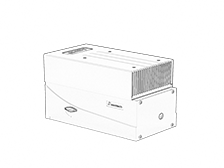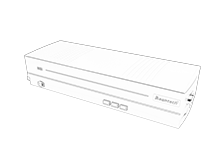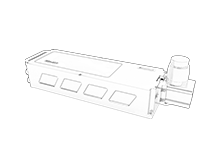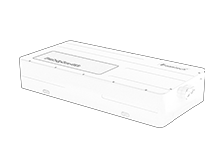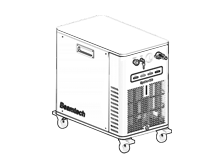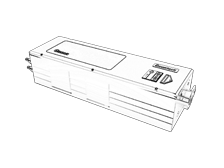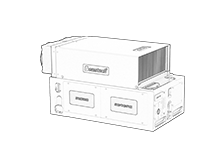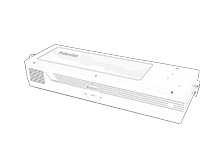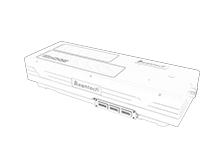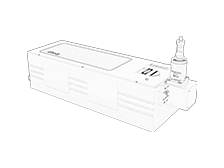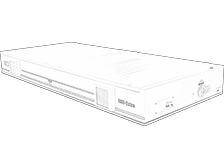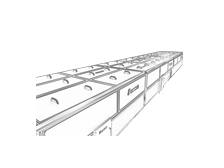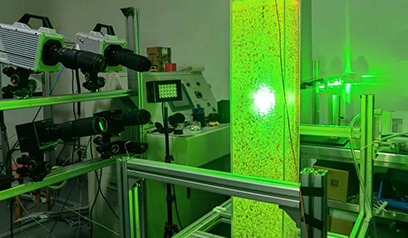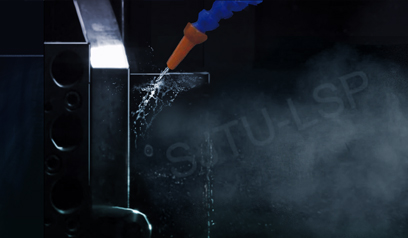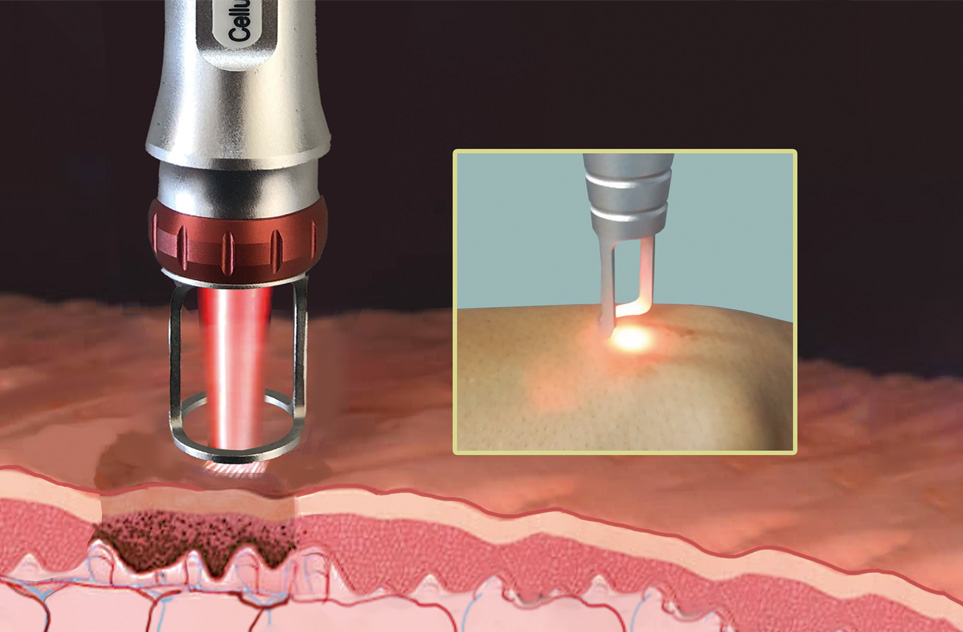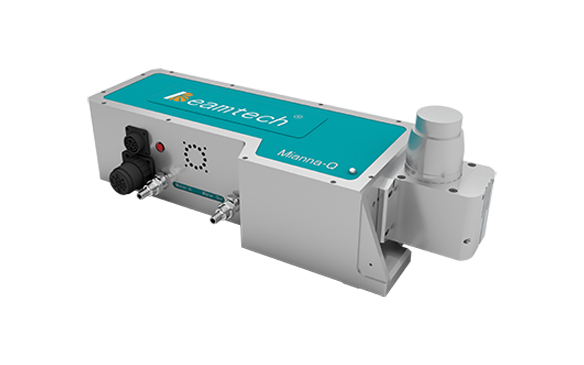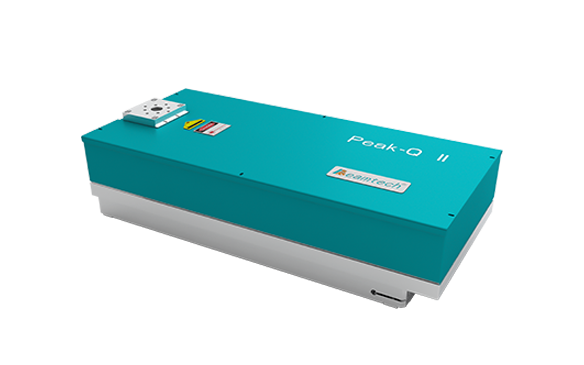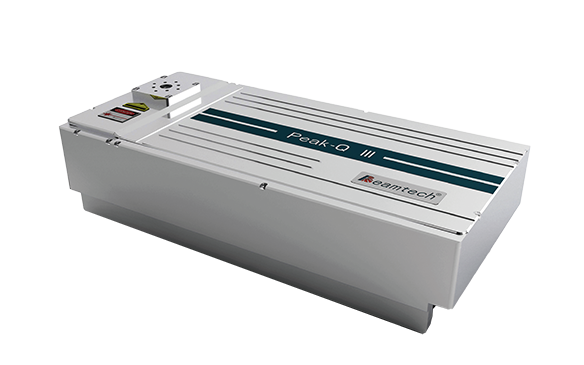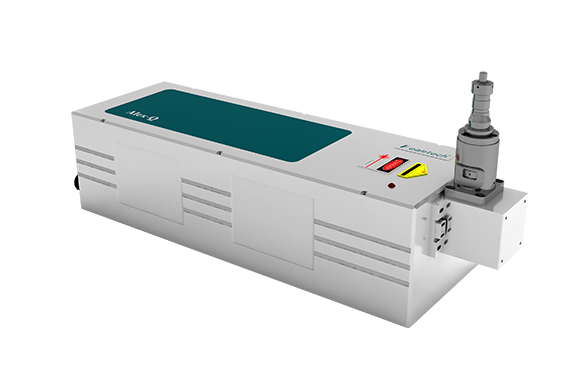The interaction between lasers and the skin is a complex process determined by multiple factors. In simple terms, laser spot removal uses selective photothermolysis to cause pigment particles in the skin to absorb energy and break apart, which are then metabolized and removed from the body. By selecting appropriate laser parameters (wavelength, pulse duration, energy), the effective treatment of the affected area can be achieved while minimizing damage to the surrounding healthy tissue.
Laser spot removal is safe, effective, and capable of removing tattoos, age spots, freckles, caf-au-lait spots, sunspots, and more, restoring the skin to a fair complexion. Laser treatment can also effectively stimulate the recovery of deep skin cells and improve the overall skin condition. Lasers can selectively target different skin tissues, and the pigment particles in the lesions can absorb the laser energy in a short time, generating extremely high temperatures and causing rapid expansion and micro-explosions. This process vaporizes and shatters the pigments into very small particles which are then phagocytosed and cleared by macrophages in the tissue.


